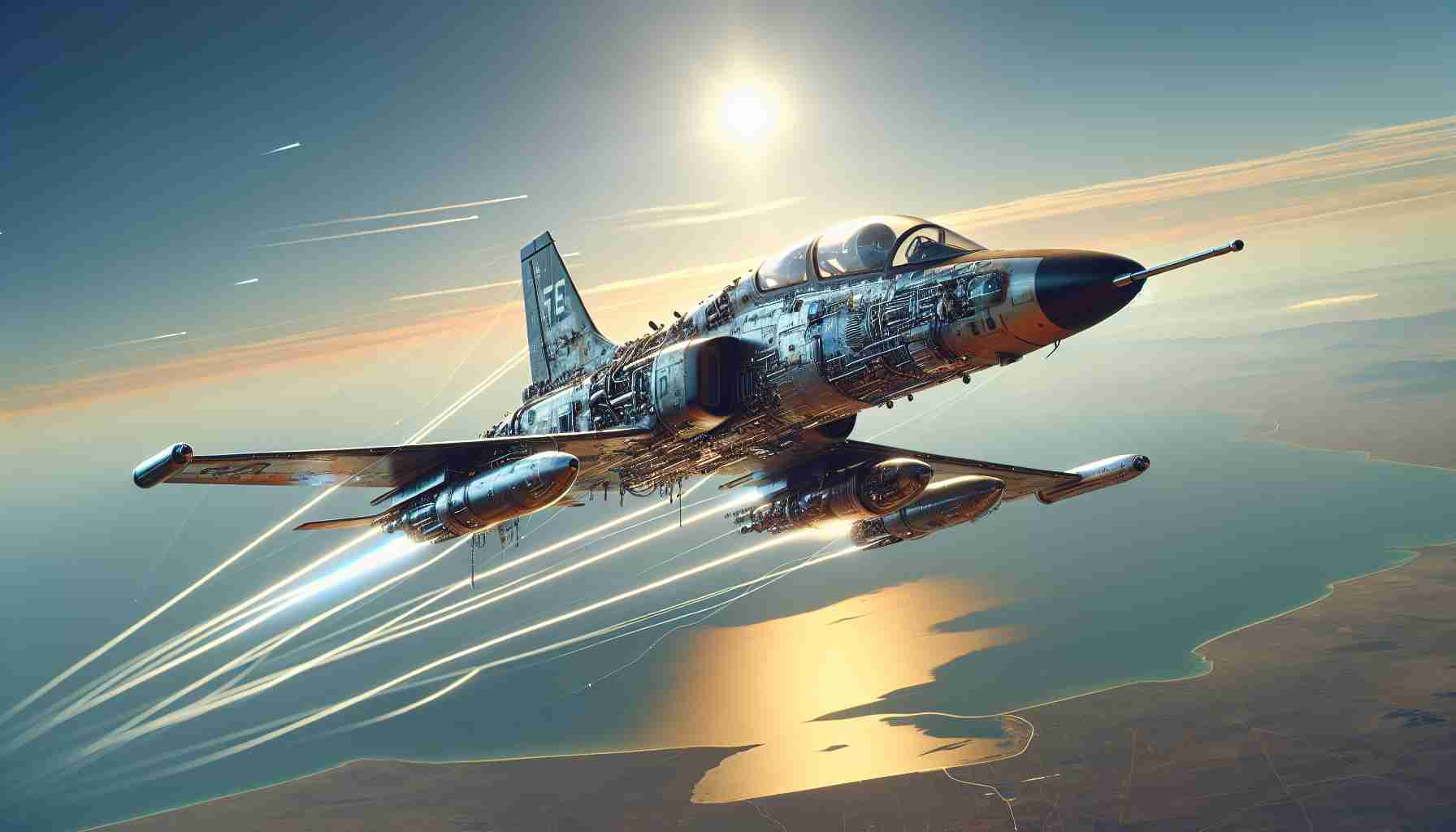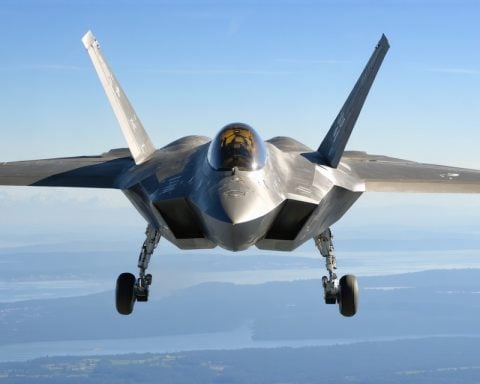As one of the most enduring platforms in United States Air Force history, the T-38 Talon is not only a testament to robust engineering but also a crucial piece of America’s aerial training infrastructure. While other aircraft enter and exit the fleet, the T-38 has remained steadfast, largely unchanged since its introduction in 1961. Yet, as we reach the 21st century’s third decade, the Talon is undergoing significant updates to meet the demands of modern aerial combat training.
The Northrop T-38 Talon, known for its sleek design and twin-engine performance, has been the mainstay for preparing pilots for over six decades. However, with the advent of new technologies and evolving military needs, the USAF has initiated a series of modernization programs. Advanced avionics upgrades, including the integration of modern cockpit displays and digital navigation systems, are now equipping the T-38 with capabilities necessary for preparing pilots for 5th generation fighters like the F-35 Lightning II.
Not only focused on technology, the upgrades also aim to extend the aircraft’s service life, addressing structural fatigue issues. This investment is vital as the T-38 is expected to remain in service until at least the 2030s, bridging the gap until its replacement, the Boeing T-7A Red Hawk, becomes fully operational.
With these enhancements, the T-38 continues to play a pivotal role in ensuring the readiness of the next generation of aviators, reminding us that even classic aircraft can evolve with the times.
The Surprising Journey of the T-38 Talon: New Faces and Old Challenges
As the T-38 Talon continues its surprising journey through the decades, its modernization brings forth both opportunities and dilemmas for the USAF and beyond. While we hear much about the technological transformation of this celebrated aircraft, what remains less discussed are the broader impacts this evolution has on people, communities, and international relations.
How does the T-38’s modernization affect communities and countries? One significant, yet understated effect is the economic boost to local economies supporting Air Force bases. Aircraft upgrades demand skilled technicians and engineers, creating jobs and driving local industry growth.
Meanwhile, questions arise about resource allocation. Is extending the T-38’s life the best use of funds, or should emphasis shift entirely to newer technologies like the T-7A Red Hawk?
What are the advantages of these upgrades? Enhancing the T-38 allows the USAF to maintain a robust training infrastructure without abrupt transitions, ensuring pilot readiness and maintaining national security. Additionally, these modernizations help foster international partnerships; allies trained with the T-38 now benefit from improved interoperability with the USAF.
Yet, disadvantages persist. Relying on aging platforms, despite upgrades, may mean higher maintenance costs down the line and potential operational inefficiencies. Furthermore, there’s an underlying risk involved in keeping older aircraft active even as newer generations emerge.
Is this balancing act sustainable in the face of rapid technological advancements? The unfolding story of the T-38 Talon suggests that blending heritage with innovation remains a delicate, yet essential, pursuit.
For more insight, consider exploring similar discussions at U.S. Air Force.







